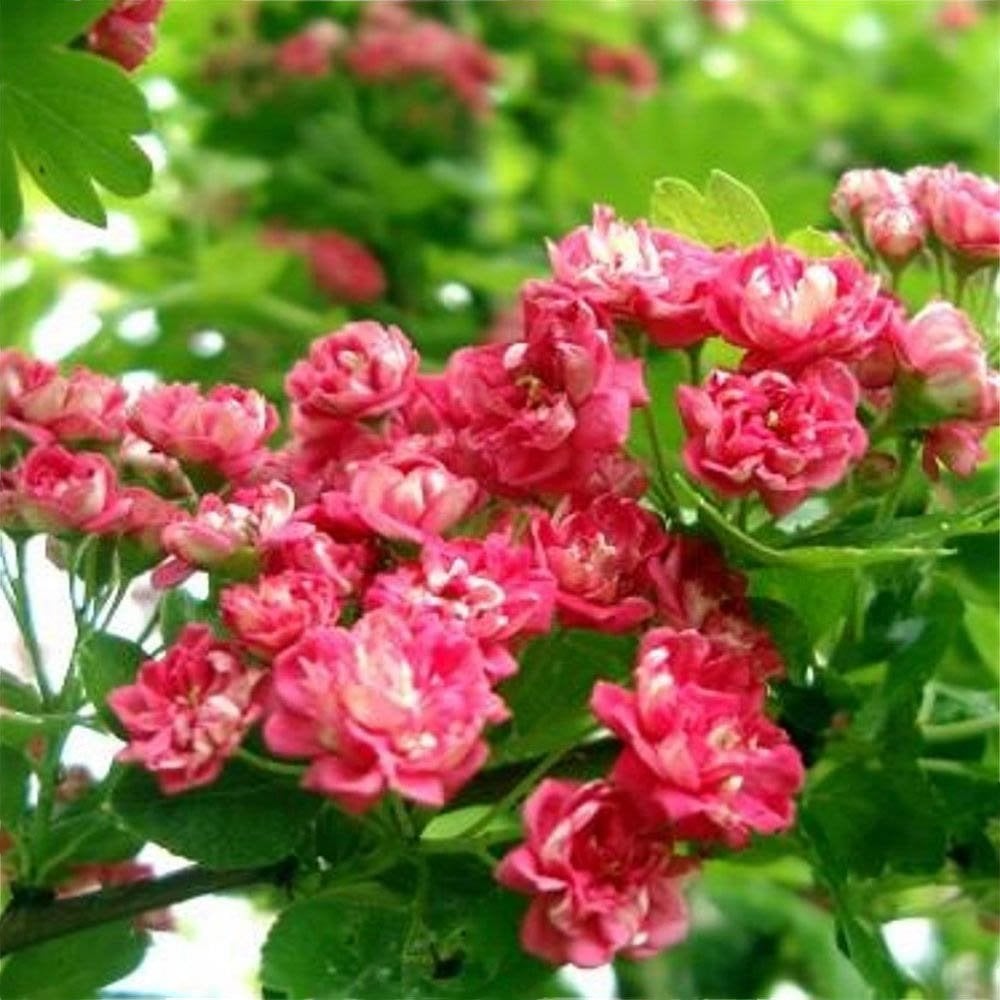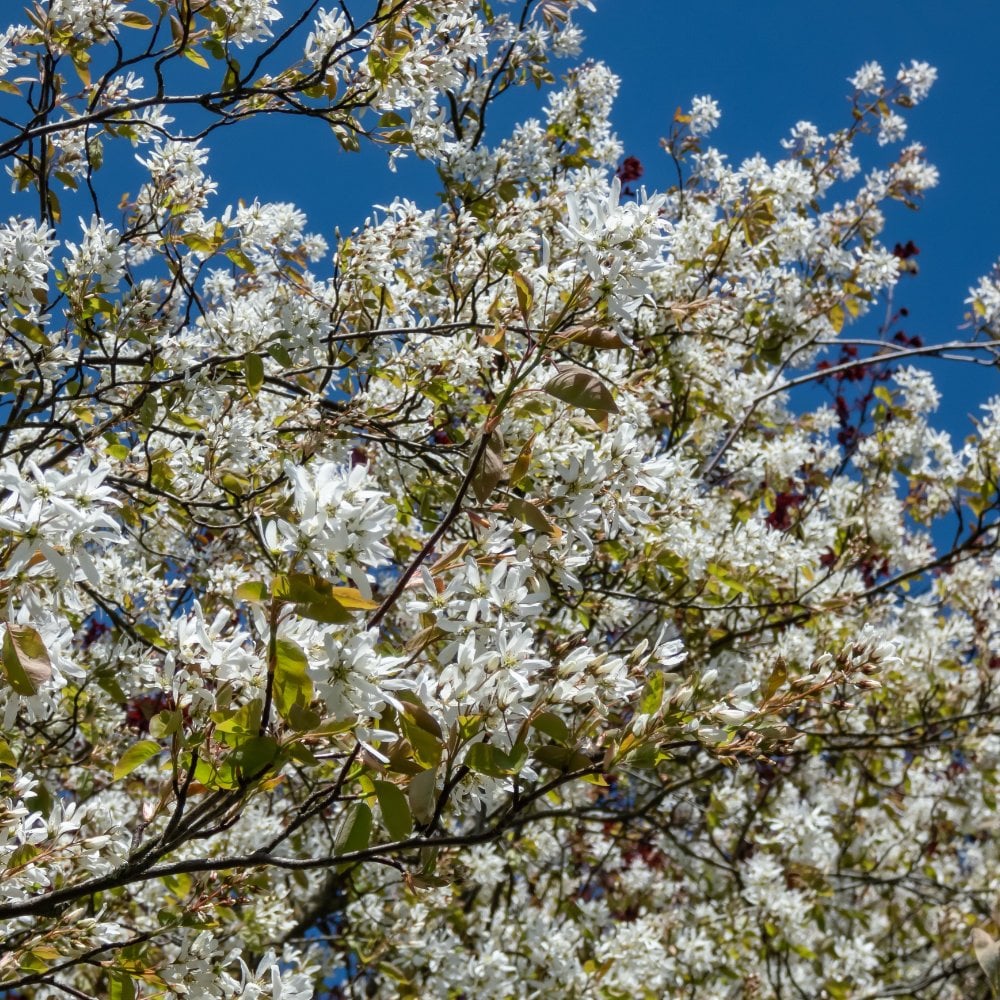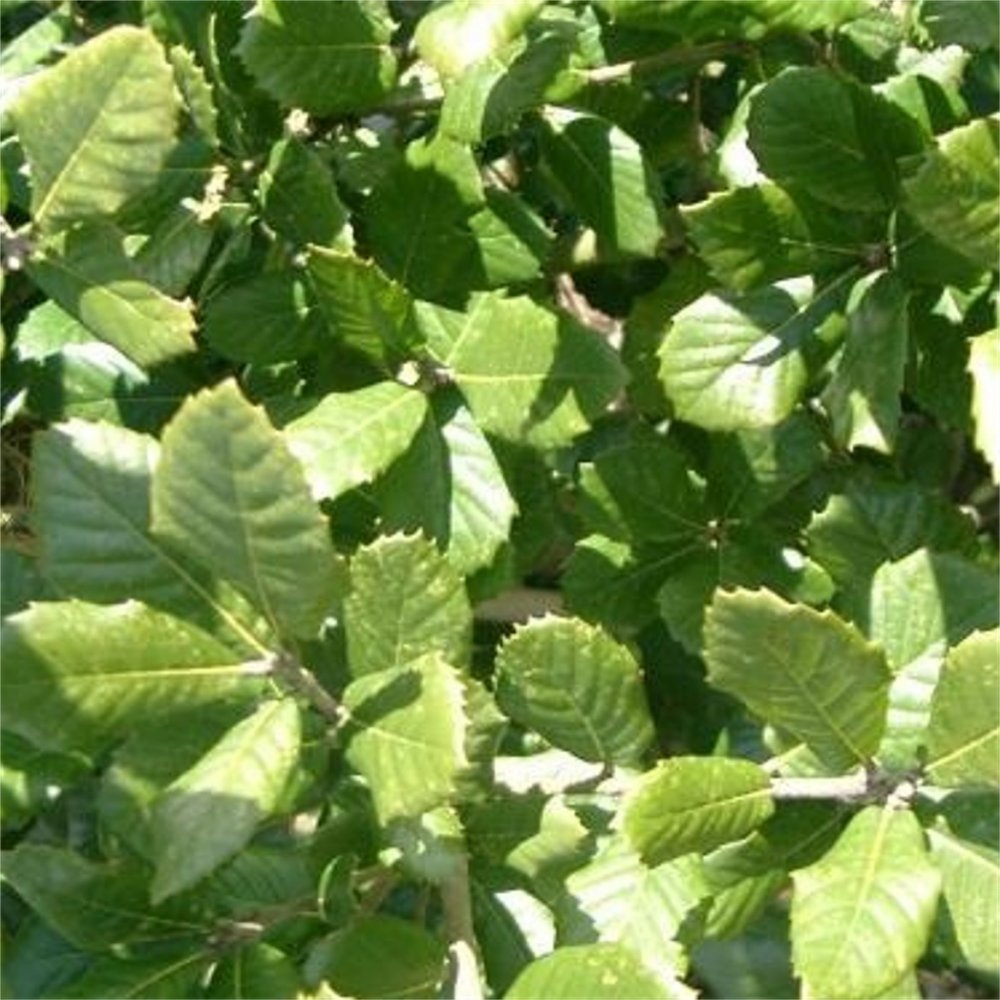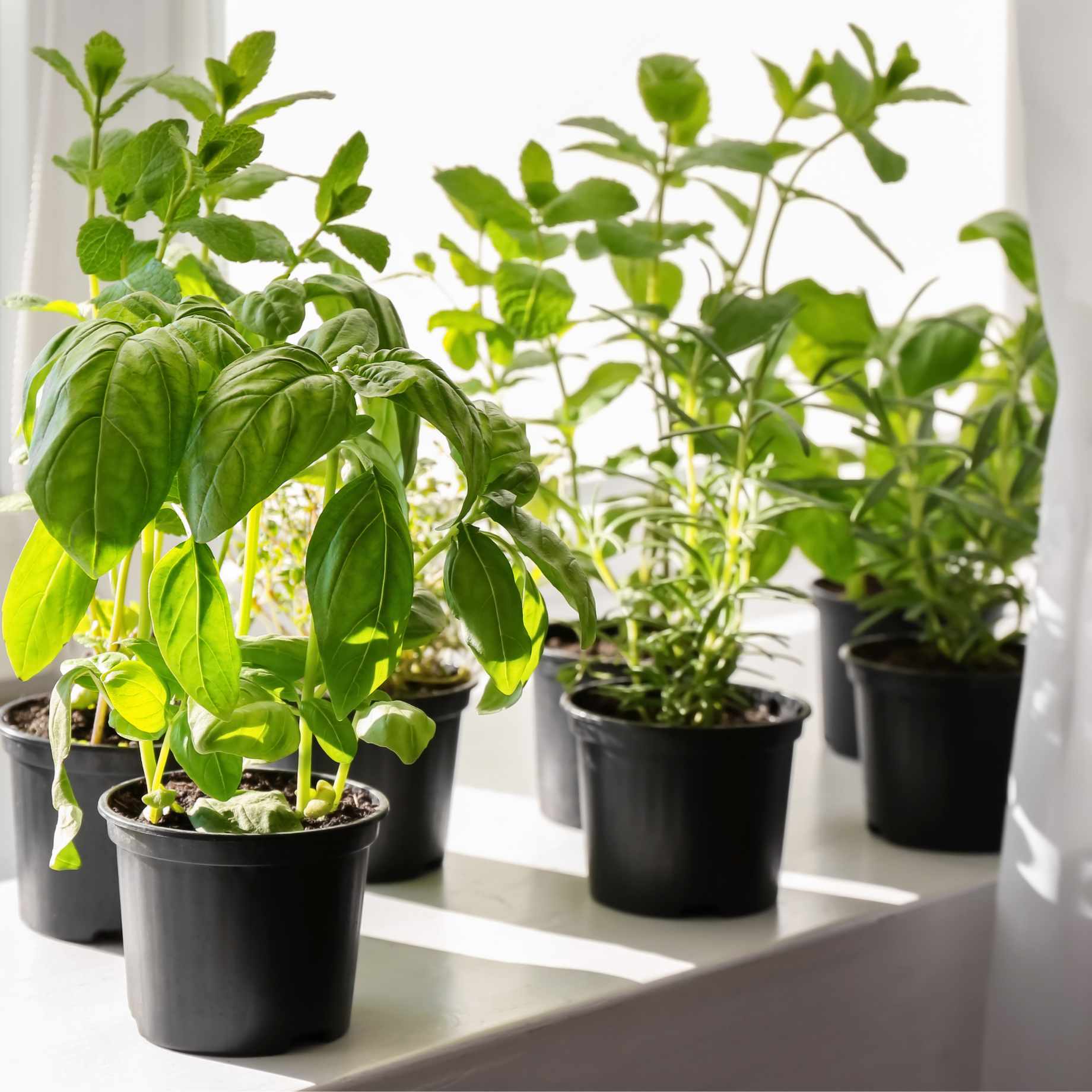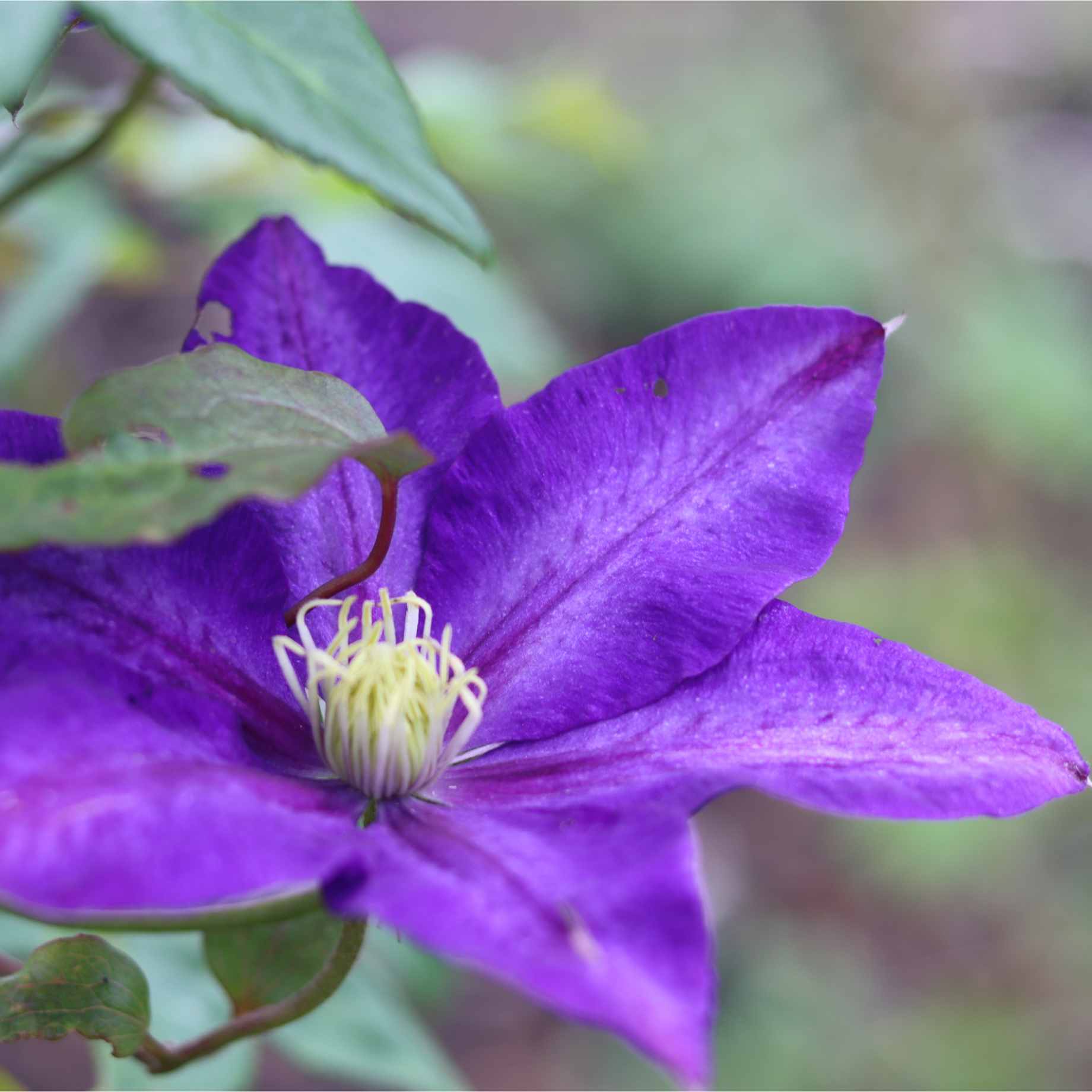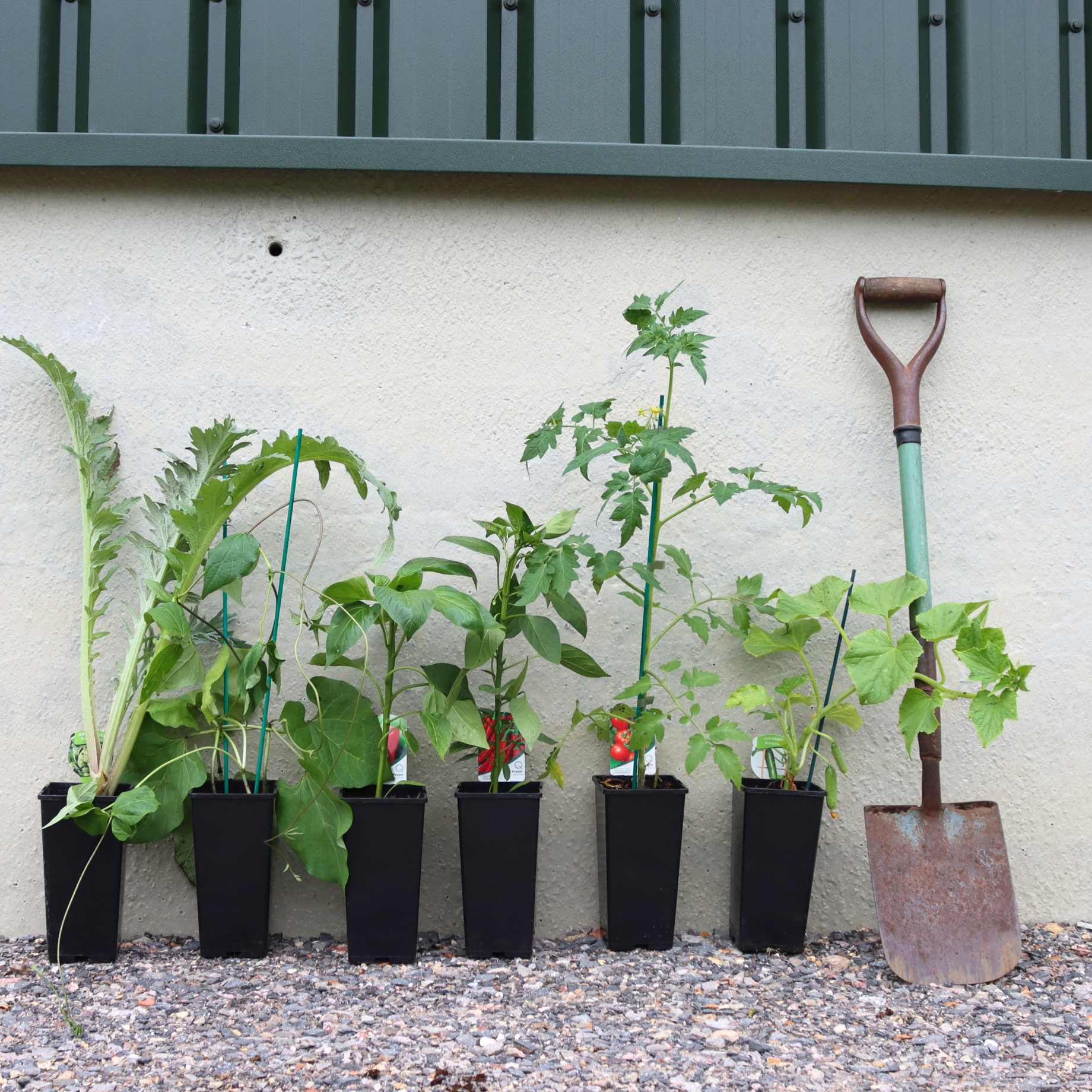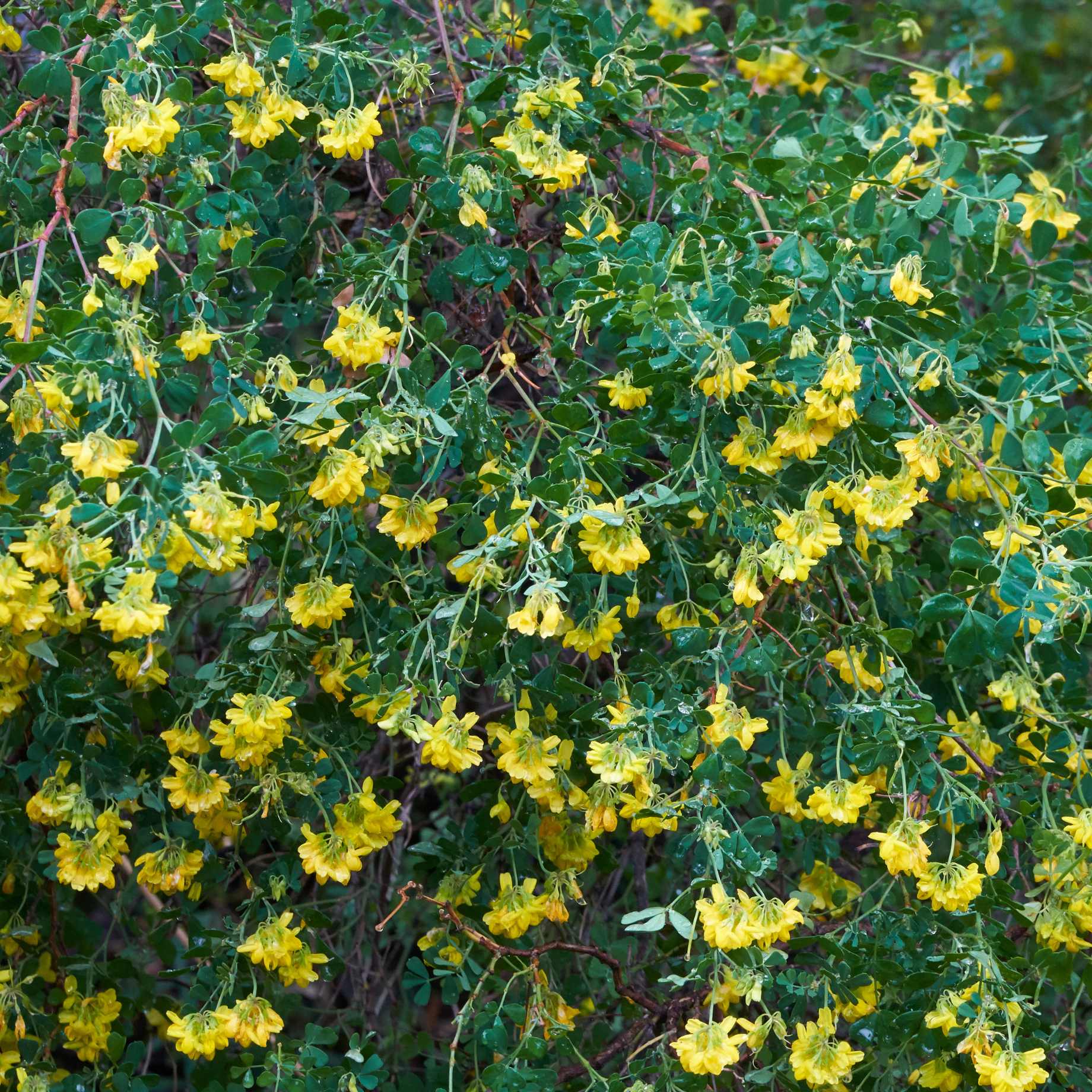Key features
AwardsRHS Award of Garden Merit
Final size5 x 4 metres in 20 years
FoliageLobed leaves with autumn colour (deciduous)
FlowersDeep pink flowers in late spring
FruitOrnamental red haws in autumn
SoilMost soils except extremes
Description
A spectacular small tree, Crataegus laevigata ‘Paul’s Scarlet’ produces masses of deep scarlet-pink, double flowers in May and attractive small red haws in the autumn. The deeply lobed foliage is dark-green with a slight gloss, turning yellow and bronze for autumn. This award-winning Double Crimson Flowering Hawthorn tree will reach an estimated height and spread of 5 x 4 metres in 20 years.
Crataegus laevigata ‘Paul’s Scarlet’ is an extremely hardy ornamental tree that will grow in almost any condition or soil including, coastal, exposed, polluted or damp sites. As its common name of Hawthorn suggests, it has sharp thorns on its branches and provides a safe home for a variety of wildlife. For a very similar Hawthorn tree with double white flowers see Crataegus laevigata ‘Plena’.
AKA Hawthorn ‘Paul’s Scarlet’, Double Crimson Hawthorn, Red May tree
Planting Steps
1Preparation
- Pot-grown plants can be planted at any time of year, whereas bare roots need to be planted between November and March.
- Clear weeds and grass within a metre of the planting hole.
- Dig a hole as deep as the root mass and twice as wide.
- To help your plant establish more effectively, sprinkle Rootgrow in the hole.
2Planting
- Gently loosen the roots and place into the planting hole.
- Ensure the top of the plant’s compost is flush with the level of the surrounding soil and the graft union or collar of the tree is above ground level.
- Mix 50% of the original soil with 50% compost.
- Fill in the hole, firming the soil gently.
3Last Steps
- Water generously around the base of the plant.
- If you are planting either a single stem tree or mature standard tree, we recommend adding a staking kit and rabbit guard.
Aftercare Advice
Trees and shrubs require a good watering regime for a couple of years whilst they establish. Water well and regularly through spring and summer, increasing in hot or dry weather. If planting in autumn, you may only need to water a little. It is advisable to keep the area free of competing weeds and grass during this period.
For more detailed advice and video guides, please visit our Help & Advice section.

